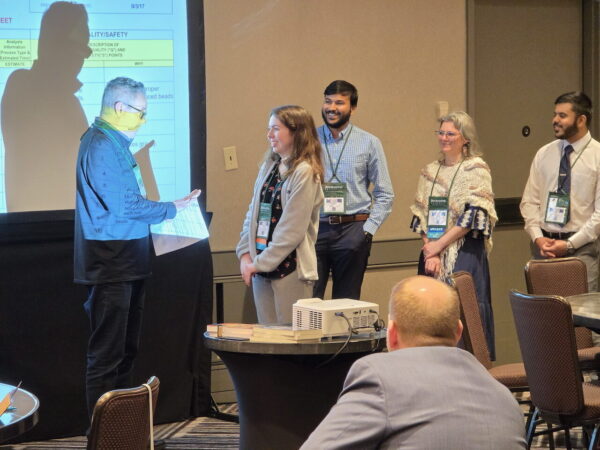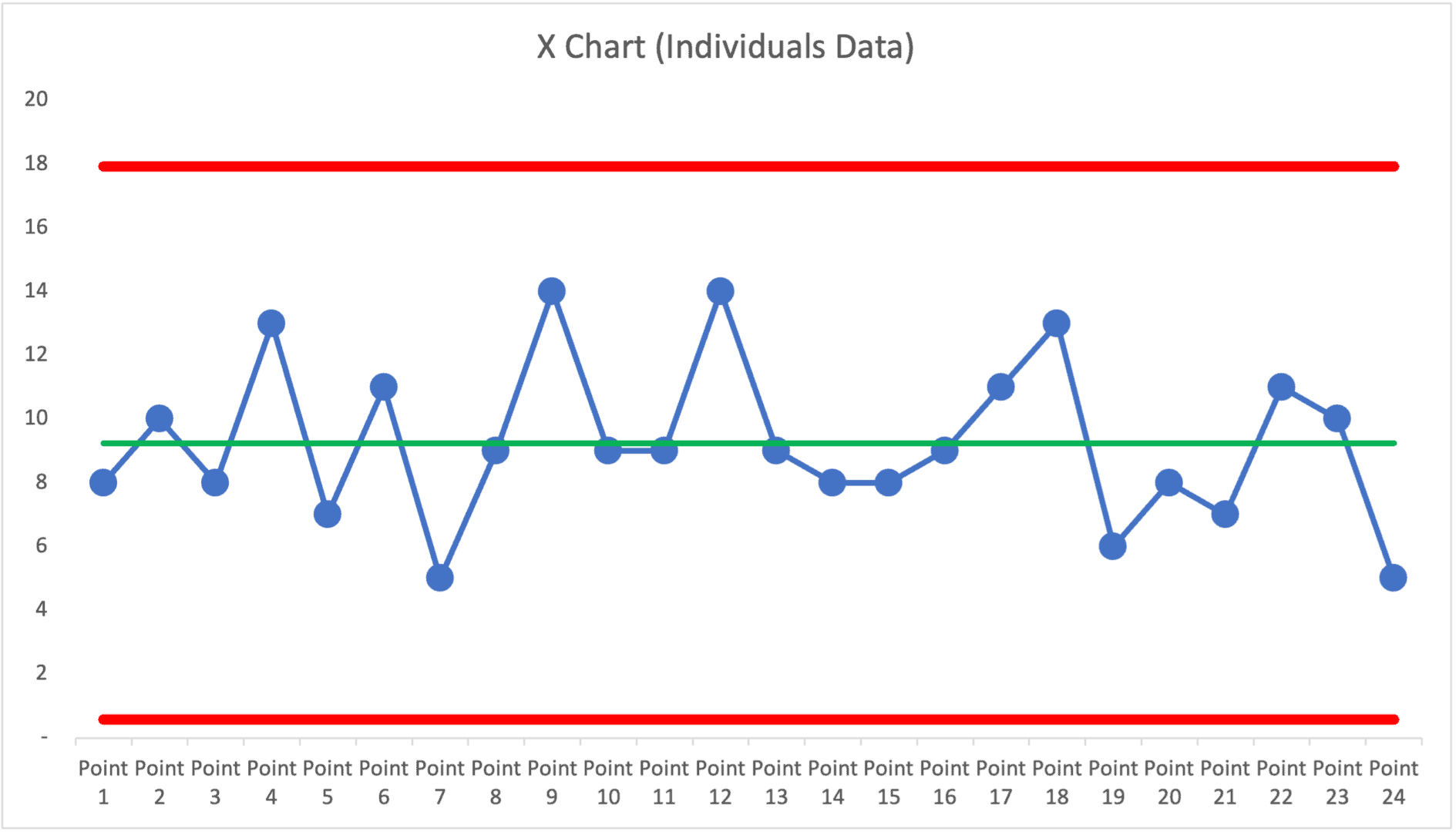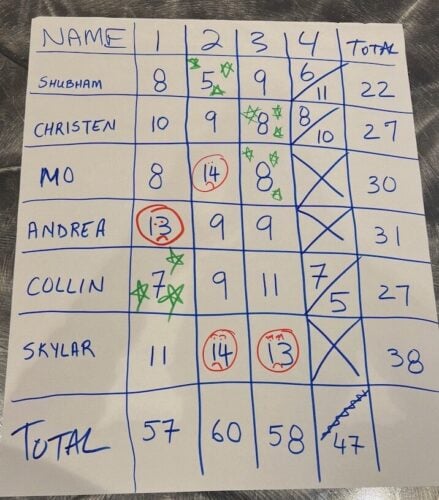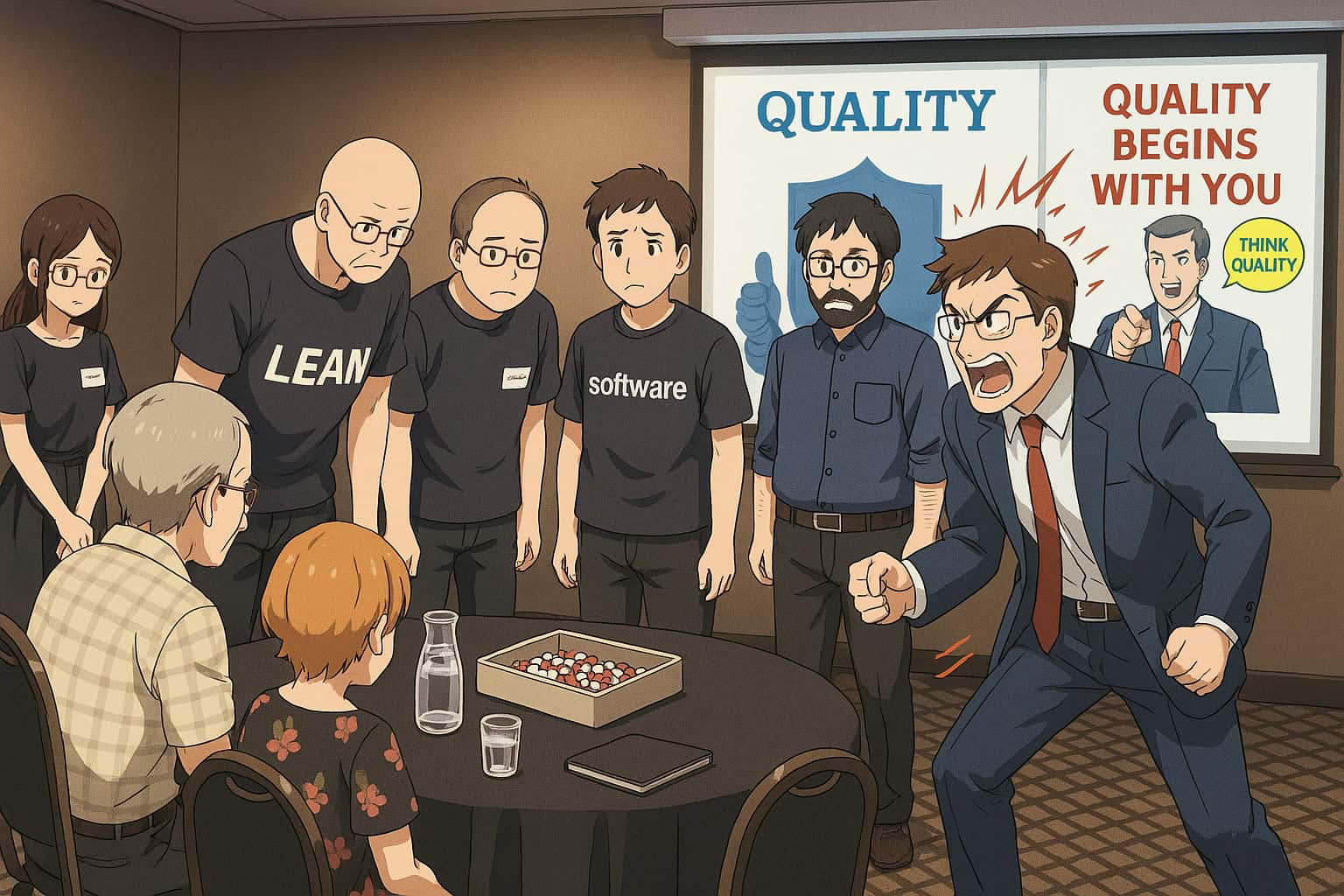So far in 2025, I've had the opportunity to facilitate the Red Bead Game in a variety of settings–from the Society for Health Systems conference in Atlanta, across five cities in Australia, and on to Auckland, New Zealand.
The Red Bead Game continues to be a powerful, engaging way to illustrate the concepts behind Process Behavior Charts–which I write about in my book Measures of Success—get a free preview here. The goal isn't to play a fun game (although it often is fun), but to provoke meaningful reflection on how we react to data and manage variation in our systems.
It never fails–no matter the country, industry, or audience, the game sparks the same powerful conversations.
Here are a few of the timeless lessons we explored together:
• You can't “motivate” quality into a broken system. Telling people to try harder doesn't reduce defects.
• Blaming individuals for systemic variation is not only unfair–it's ineffective.
• Setting targets doesn't improve outcomes. Improvement comes from changing the system.
• Most variation is noise–don't waste time chasing it. Look for signals instead.
• Respect for people means designing systems that let good people succeed.
In this post, I'll share a few insights, reflections, and quotes from participants along the way.
Atlanta: Society for Health Systems, Healthcare Systems Process Improvement conference
For those who haven't played the Red Bead Game, the “production” process involves dipping the paddle with 50 holes into a container that contains red and white beads.
As part of the simulation, I've built a scenario for a company that produces and ships beads to customers to use for crafting purposes as part of a subscription service. Last month's offering was red beads. This month, we're shipping white.
Therefore, red beads are defects. Six “willing workers” are hired to produce beads like this:
In the exercise, as a founder and president of the company, I demonstrate all sorts of faulty management approaches, including:
- Overly detailed “standardized work” that's supposed to guarantee good outcomes
- Rewarding the best performer on Day 1 with a certificate of achievement
- Putting the worst performer on probation
- Setting a target (3 red beads) and offering an incentive for hitting it
- Cajoling people to do better
- Using quality posters and slogans
- Firing the bottom three workers after Day 3
People have fun anyway, as shown in the smiles on their faces. People are generally in on the joke — that the number of red beads is basically a random number — but sometimes people get competitive or even a little upset.




Here's the results from the Atlanta conference in the Process Behavior Chart format. The blue line is the 24 data points from the game.

The box has 20% red beads. Knowing that, it would be easy to predict that the long-term average would be 10 red beads — 50 holes in the paddle times 0.2 = 10.
The short-term average, for 24 draws, is rarely exactly 10. It could be higher or lower.
What's hard (if not impossible) to predict is the variation that would occur. Do we have good intuition about that? Would the range be from 8 to 12, or 2 to 18? The only way to know for sure is to run the process and see what the Process Behavior Chart tells us.
The lower and upper limits were, in this case, calculated to be about 1 and 18. The target of 3 seems unrealistic… but it's going to happen–rarely and randomly.
Here are the results as tracked during the game:

It's harder to see the variation or any possible trends in a list of numbers. But many management metrics are displayed that way, as I've written and talked about before.
When I fired the bottom three performers after Day 3, performance got better. But that's a fallacy of short-term variation being confused with a trend. Sometimes, of course, performance gets WORSE when I fire the bottom three. It's all random, common-cause variation.
Of course, the Process Behavior Chart shows no “signals” or evidence of process change… because the process is stable and predictable, as are many real-life processes. But, when role-playing as a manager, I'm reacting to every up and down in performance, and I'm making the mistake of attributing the variation to individual effort or attitudes.
But as we debrief and discuss, people recognize the management behaviors as being realistic, if not slightly exaggerated.
There's another layer to this exercise that often surfaces in discussion: the impact on people. When leaders reward and punish based on randomness, when they shut down improvement ideas or mock suggestions, people go quiet.
Not just in the simulation–but in real life.
Feedback from Participants
The feedback from the SHS event was positive. Everybody who filled out the survey gave the event “5” out of “5.”
“Fun and engaging session!
The bead exercise helped solidify the concept. Mark is always engaging, thoughtful and relatable.
Very engaging and interesting session. Loved the demonstration of the game and using it to learn lessons. Mark did a great job presenting.
Highly recommend this session to a colleague! Great hands-on demonstration and approach about process improvement and statistical analysis. Loved how he demo-ed in real time statistical significance and how things that appear on the surface to be outliers can be statistically insignificant.”
Red Beads Down Under
I've used the Red Bead game in countries including the U.S., Canada, Brazil, Belgium, and The Netherlands. It always gets the same reaction, and it generally has the same impact.
Even across different countries, workplace cultures and dynamics seem to be pretty much the same.
That was my hypothesis for doing this workshop as part of the AME Australia Roadshow that I was invited down for — five cities in different parts of Australia, and then Auckland, New Zealand.
The first workshop (and the reaction to it) increased my confidence that things were basically the same down under.
During the debrief discussion in New Zealand, an attendee brought up a funny point.
When asking them to give feedback on my managerial skills, one said:
“You're actually not the worst boss I've ever had.”
Why is that? In my role-playing, I tend to be more of a jovial incompetent. I don't want to channel the old-school yelling-and-screaming bosses that I had at GM. Yes, I shut down anybody's attempt to question the standardized work or to make improvement suggestions during the game. But I'm not trying to be a jerk about it.
The yelling and screaming boss might look like this anime-style image:

Even if you're not yelling and screaming, bad management still frustrates people. Trying all of the wrong things that don't improve the system–that gets old, even when done by somebody with a smiling face.
The feedback from these sessions was positive, as well.
A Lean Consultant's Reflection
At the end of one of the workshops, attendees were sharing reflections, including what they learned and what they'll start doing differently.
One experienced Lean consultant said this in front of the entire group:
“I feel like I've been doing a disservice to my clients. I've been emphasizing the red/green difference and reacting to reds. But understanding signal vs. noise… and Process Behavior Charts… seems like a more effective approach. Is that what I'm supposed to be taking away from this?”
YES!
Exactly.
I thanked her for that summary and for acknowledging the opportunity to improve the way we help others improve.
I've written about this before, including this blog post:
Upcoming Workshops
If this is something you'd like to explore for your organization, please let me know — or you can join me for the two planned workshops:
From Noise to Knowledge: Executive Leadership Through Data-Driven Insight
A Workshop by Mark Graban and Christopher R. Chapman
Here's a preview with my partner in this, Chris Chapman:
If you've played the Red Bead Game or experienced it at a conference, I'd love to hear your reflections. What stood out? What stuck with you?
As always, thanks for reading–and for striving to improve systems with respect and insight.
What do you think? Please scroll down (or click) to post a comment. Or please share the post with your thoughts on LinkedIn – and follow me or connect with me there.
Did you like this post? Make sure you don't miss a post or podcast — Subscribe to get notified about posts via email daily or weekly.
Check out my latest book, The Mistakes That Make Us: Cultivating a Culture of Learning and Innovation:









